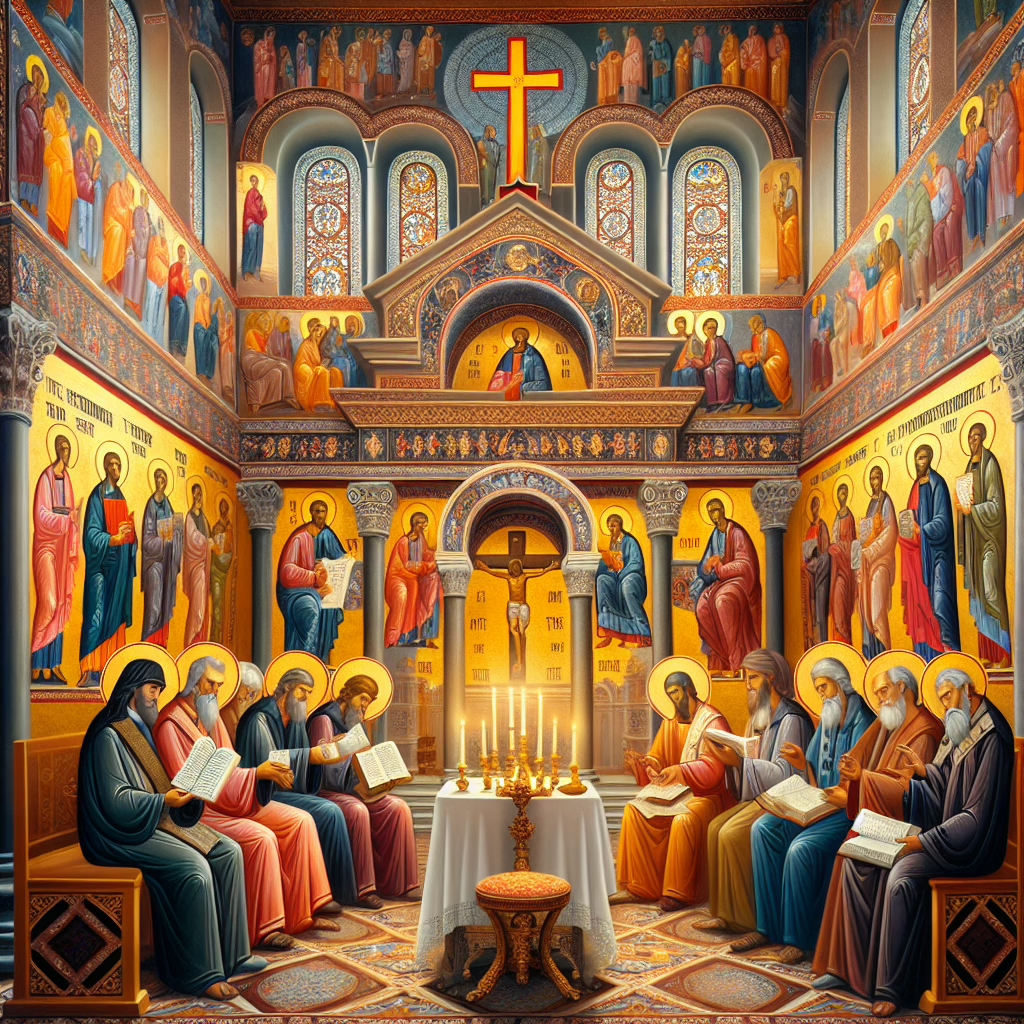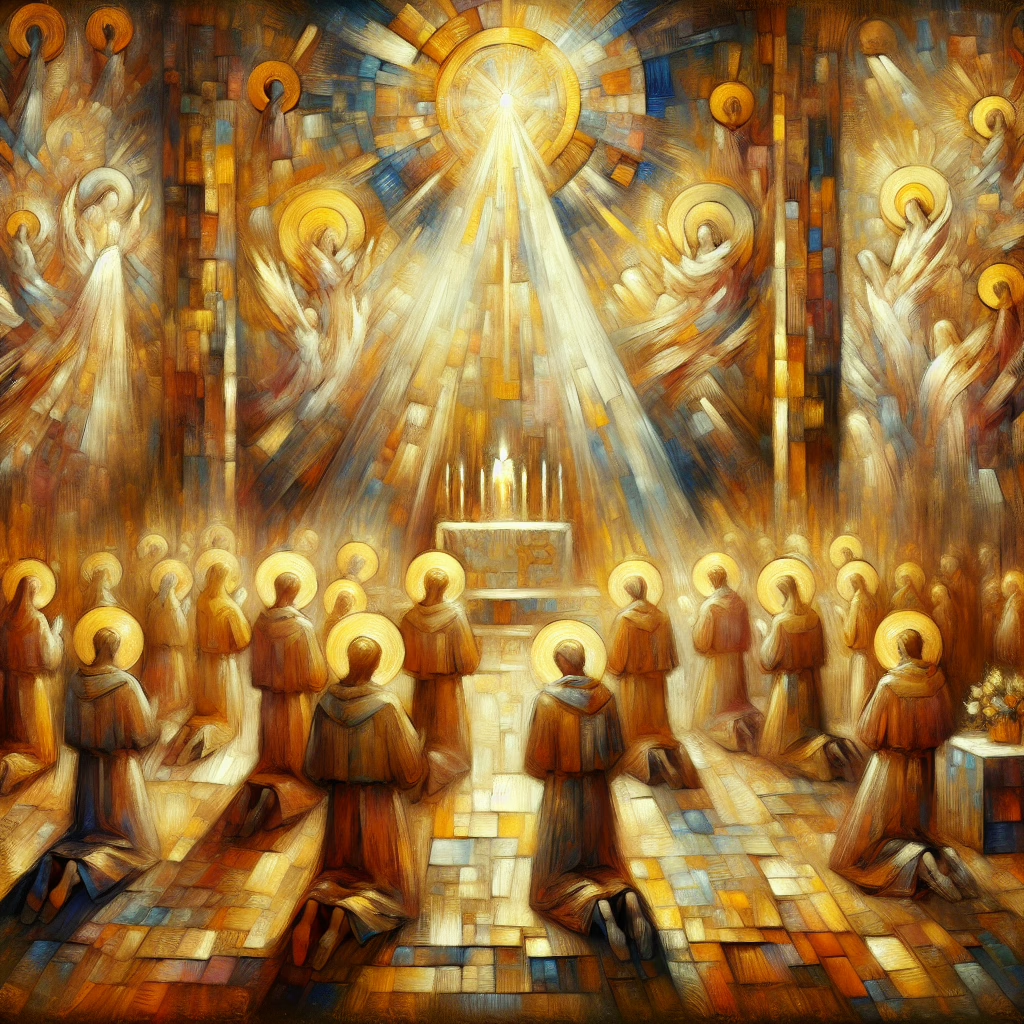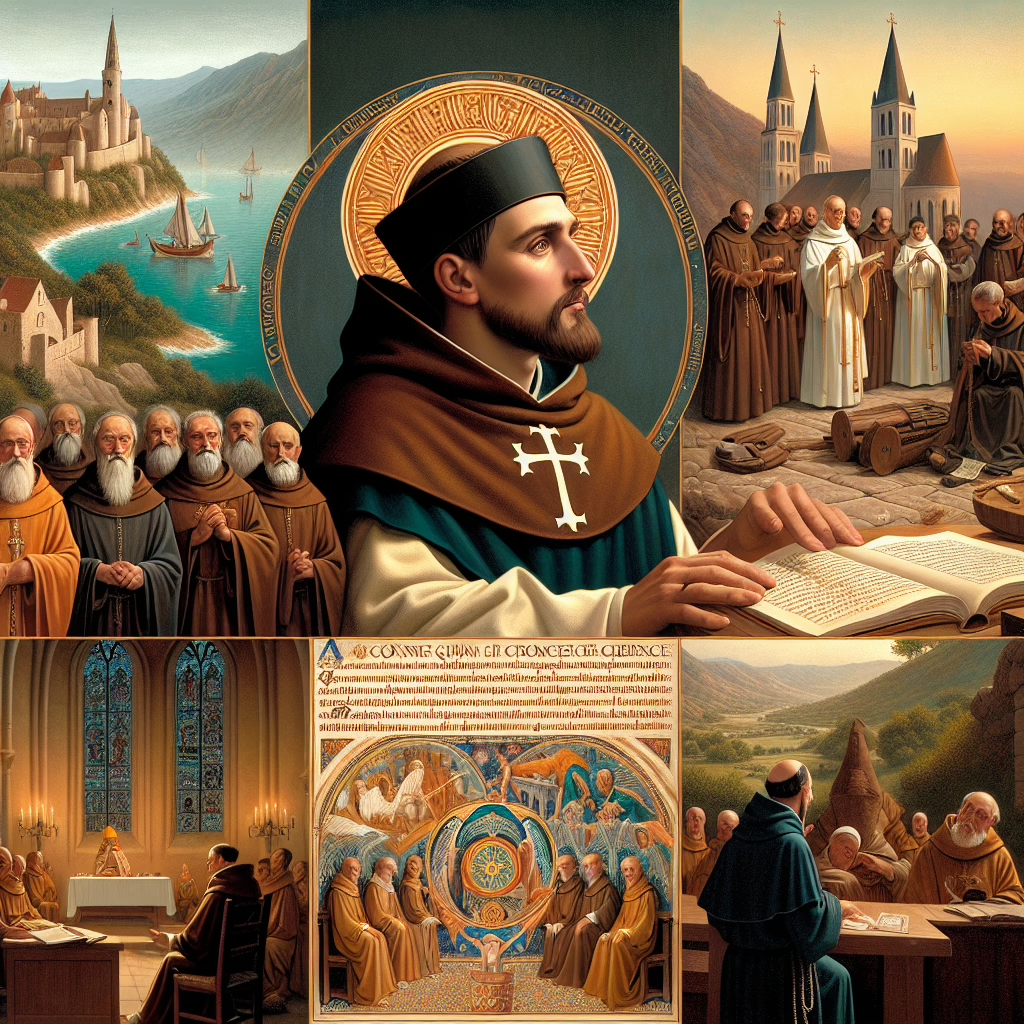Protestant vs. Catholic: The Claim to Truth in Christianity
Catholic Church Claims: Understanding the One True Church
Introduction: Navigating the Diverse Perspectives in Christianity
The complex tapestry of Christianity encompasses a rich diversity of beliefs, prominently characterized by the historical and theological tensions between Protestantism and Catholicism regarding the Catholic Church claims to be the one true church. This discourse began most notably with the Protestant Reformation, an era that reshaped the religious landscape and challenged the Apostolic succession that the Catholic Church upholds as a hallmark of its continuity and doctrinal authority.
The Reformation, driven by figures like Martin Luther, John Calvin, and Ulrich Zwingli, rejected the papal supremacy and emphasized _Sola Scriptura_—Scripture alone as the basis of faith. This shift not only questioned the Catholic Church's authority but also set the trajectory for diverse denominations, each exercising doctrinal autonomy. This blog explores these objections and the Catholic response, grounded in tradition, scripture, and historical continuity.
1. Objection: The Challenge of Doctrinal Autonomy and Sola Scriptura
1.1 Protestant Reformation as a Catalyst for Disputes
The Protestant Reformation catalyzed significant theological disputes by challenging the Catholic Church's central tenants, particularly the papal authority. Reformers like Luther critiqued the Church's practices, arguing for a _return to the sources_—to Scripture alone—rejecting ecclesiastical hierarchy as an intermediary between believers and the divine.
Key figures in the Reformation, such as Calvin and Zwingli, introduced interpretations that diverged from Catholic doctrine, leading to the proliferation of Protestant denominations. This doctrinal diversity stems from the inherent nature of interpreting Scripture autonomously, without a unified authoritative body.
1.2 Catholic Response: Embracing Tradition and Authority
In contrast to the Protestant emphasis on Sola Scriptura, the Catholic Church embraces Sacred Tradition alongside Scripture as essential components of faith. Apostolic succession ensures doctrinal continuity from the apostles through the succession of bishops. This tradition is reflected in biblical passages such as Matthew 16:18-19, where Christ establishes Peter as the rock upon which the Church is built, and 2 Thessalonians 2:15, which underscores the importance of holding to traditions taught by the apostles.
1.3 Supporting Evidence
The writings of the early Church Fathers, such as St. Irenaeus and St. Clement of Rome, affirm the practice of apostolic succession and the significance of tradition:
"It is within the power of all…to contemplate the tradition of the Apostles manifested throughout the whole world."
— St. Irenaeus, Against Heresies
Historical documents and ecumenical councils further demonstrate the Magisterium's role in maintaining doctrinal unity. Link: Apostolic Succession in Catholicism
2. Objection: Priesthood of All Believers and Interpretative Pluralism
2.1 The Concept of Direct Access to God in Protestant Thought
The Protestant doctrine of the priesthood of all believers posits that every Christian has direct access to God without the need for ecclesiastical mediation. Drawing from biblical verses like 1 Peter 2:9, this view challenges hierarchical mediation and promotes individual interpretation of Scripture.
This principle has significant implications for doctrinal cohesion, as seen in the varied Christian expressions and interpretations that have emerged from it.
2.2 Catholic Response: Unity in Diversity Within the One True Church
While acknowledging the universal call to holiness (1 Peter 2:9), the Catholic Church emphasizes the importance of ecclesial structure, as reflected in John 20:21-23, where Jesus imparts the authority to forgive sins to his apostles.
The Catholic framework supports unity in diversity, upholding ecumenical dialogue while maintaining doctrinal coherence. The Magisterium serves as a compass guiding theological understanding within this unity.
2.3 Supporting Evidence
Church encyclicals and documents, such as "Unitatis Redintegratio," promote ecumenical understanding and cooperation among Christians. Modern theological movements explore this balance between diversity and unity, offering fresh insights. Link: Catholic Ecumenism
Conclusion: Seeking Truth and Unity in the Christian Tradition
The journey through the Protestant challenges to the Catholic Church claims of being the true Church reveals the profound impact of historical and theological evolution on Christian unity. Despite differing interpretations, the Catholic Church continues to offer a synthesis of Scripture, Tradition, and authoritative teaching as cornerstones of faith.
As Christians engage in dialogue, embracing mutual respect and exploring the richness of their traditions is crucial in pursuing truth together. The Catholic Church's theological heritage remains a valuable resource for those seeking deeper understanding and unity in faith.
Join the conversation on how unity and diversity can coexist within the Christian tradition.






Leave a Reply